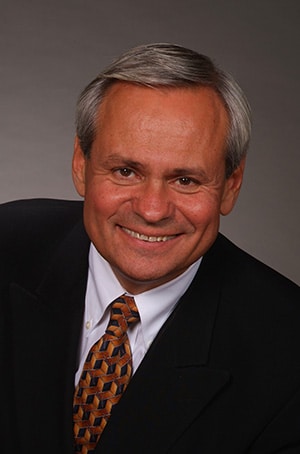
(By Wayne Ens) In the days when consumers had to drive all over town to search for businesses and product information, it was often said the three keys to success were “Location, location, location.”
Today, businesses and competitive product information can be found from the comfort of your home in seconds, with the click of a mouse. The most important location a business can have now is in the minds of its prospects.
As Internet guru Seth Godin proclaims, “It’s better to be sought online than to be found online.”
Top-of-Mind Awareness (TOMA) is the undisputed champion in driving consumers to seek and prefer a particular business when they search online, and nothing is more effective in creating TOMA and a pre-need preference for a business than intrusive radio advertising. You can prove the power of radio in moving consumers from unawareness to awareness with a local TOMA study.
In one of his Monday Morning Memos, Roy Williams wrote, “I’ve long suggested that radio stations fund a TOMA study every two years. Few things are as valuable in the eyes of advertisers as these revealing market snapshots.”
You can conduct your own TOMA study online, with survey software that’s readily available today, and you can often generate revenue by selling a co-sponsorship of your survey. You’ll be running an on-air schedule to drive traffic to your TOMA survey, and every announcement can promote your co-sponsor and drive sales for them. In the case of a fast-food restaurant, for example, you can offer a “buy one, get one free” coupon to every listener who participates in the survey. You can also offer the sponsor the opportunity to ask a couple of marketing questions they might have.
Your TOMA study can achieve a long list of objectives for you and your advertisers, including:
- TOMA studies consistently prove that share of voice equals share of mind, which in turn results in share of market.
- It’s much more powerful to make an appointment using your TOMA study to talk about your prospect’s ratings, and their competitors’ ratings, rather than trying to get an appointment to talk about your station and its ratings.
- Your TOMA study will uncover hundreds of leads — your findings will reveal “open” categories in your market, where no local advertiser has a dominant TOMA score. Your survey will validate radio’s role in creating TOMA in those business categories.
When using your TOMA study to capture an appointment, never reveal your prospect’s actual TOMA score until you achieve the following:
- Get agreement that the survey is valid.
- Validate the link between TOMA and sales.
- Prove local businesses can achieve TOMA with radio.
You can achieve all three of these objectives when choosing the business categories your study surveys. Validate the accuracy of your survey by asking a couple of questions that your prospect is likely to agree with. You might ask survey participants to “Name the first national fast-food restaurant chain you think of.” The majority will name McDonald’s, and your prospect will agree that result is probably accurate, thereby validating the results in the rest of the survey.
Your survey needs to make the link between TOMA and sales. Ask a question like “Name a brand of canned soup you’d expect to find in a supermarket.” Approximately 80 percent of your respondents will name Campbell’s, at which point you can discuss the fact that Campbell’s is the canned-soup sales leader in supermarkets across the country.
Many small-business owners think that branding and awareness are the sole domains of large national advertisers with huge ad budgets. Be sure to survey some business categories where you are confident that locally owned and operated business that use radio will capture the dominant TOMA position in your study.
The secret to increasing your sales with a TOMA study is to not allow your prospect to get “analysis paralysis.” Train your account executives not to get into a debate about the accuracy of their prospect’s TOMA score, or their competitors’ scores, but rather to steer the conversation toward where the advertiser would like their TOMA score to be in the future and how you can help them achieve that score.
Virtually every prospect you meet will confirm that they want to increase their TOMA score, and your survey will validate radio as the most powerful tool to achieve that goal.






Indeed, TOMA is developed through continuous campaigns in order to deliver most effectively.
This would strongly suggest that direct response ads do have a place in the schedule.
We have to presume the advertiser’s “deal” and the creative are, at least, acceptable – if not compelling.
Thanks for this, Wayne.